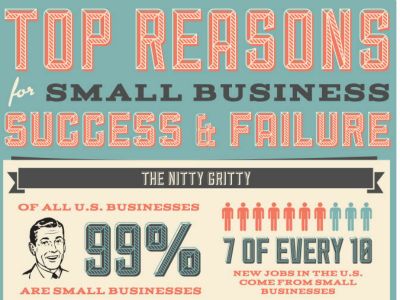
If you want to start Stock CFD Trading, then then your first decision will be which stock market you want to use. One of the most popular is the Frankfurt Stock Exchange (Frankfurter Wertpapierbörse or FWB) which is the 10th largest stock exchange by market capitalization. The next thing you will need is some tips about how to use stocks for your CFD trading.
The FWB Exchange
It always pays to start your learning process with a little information about the exchange you are going to use. As the name suggests, the FWB is based in Frankfurt, Germany and is owned and operated by the Deutsche Börse AG and Börse Frankfurt Zertifikate AG. The FWB is in the central business district known as Bakenviertel in the Innenstadt area of the city.
The exchange has the following trading incides – DAX, DAXplus, CDAX, DivDAX, LDAX, MDAX, SDAX, TecDAX, VDAX and EuroStoxx 50.
CFD trading with stocks
Once you are confident with your choice of exchange, you can then start to study more about CFD Trading and how to do this with stocks. CFD trading is different to share trading for one reason only – you don’t have to own the entire share to use it for your trades. When you use CFDs, you are not buying or trading with the underlying asset but, instead, are creating a contract between you and the CFD provider regarding the price of that asset.
One critical area to learn about when CFD trading is leverage. CFDs are traded on margin – this means that you don’t need the full value of the stock to exchange on it. You can open stronger positions than you could afford if you had to pay the total value. A few more notable differences include:
• CFD trading on margin means the initial deposit is logged with the CFD broker so a trader can be involved with many CFDs at one time.
• The trader doesn’t own the asset but, instead, has a contractual agreement to exchange the gap in price between the opening and closing value of the stock.
• You can go long or go short in CFD trading, but you don’t need to deliver the underlying asset in a short sale.
Top CFD tips
There are a few other things to learn before you start trading in stocks with CFDs. Stop and limit orders are crucial parts of protecting the capital you are trading with and to stop emotional decisions about what to do with a trade. Stop losses are put in place before the exchange begins and specifies a point at which the trade will stop. A limit order closes the trade at a price that is better than the current market level and is a great way to lock in profit targets.
Creating a trading plan, and religiously sticking to it, is another top tip from successful CFD traders. The plan can include things like those stop and limit orders as well as documenting other strategies you will use and stocks that you will focus on. It can change over time but should be your guidebook on what to do.
Get the right platform
When you decide to use the FWB exchange for your CFD trades, you also want a secure and safe platform for your trades to take place. Make sure you find one with good site security to protect your money and easy withdrawal. Look for upfront, precise details about fees and plenty of on-site help and articles to build your CFD trading knowledge as you go.
This is an article provided by our partners network. It might not necessarily reflect the views or opinions of our editorial team and management.
Sponsored Content

Founder Dinis Guarda
IntelligentHQ Your New Business Network.
IntelligentHQ is a Business network and an expert source for finance, capital markets and intelligence for thousands of global business professionals, startups, and companies.
We exist at the point of intersection between technology, social media, finance and innovation.
IntelligentHQ leverages innovation and scale of social digital technology, analytics, news, and distribution to create an unparalleled, full digital medium and social business networks spectrum.
IntelligentHQ is working hard, to become a trusted, and indispensable source of business news and analytics, within financial services and its associated supply chains and ecosystems



























